For a customer we need to generate detailed test reports for integration tests which not only show, that everything is green, but also what the test did. My colleagues and I are lazy guys and we do not want to hack spreadsheets or text documents.
For that, I think about a way to document the more complex integration tests with JavaDoc comments on each @Test annotated method and each test class. For the test guys it is a good help to see to which requirement, Jira ticket or whatever the test is linked to and what the test actually tries to do. We want to provide this information to our customer, too.
The big question now is: How can we put the JavaDoc for each method and each test class into the JUnit reports? We use JUnit 4.9 and Maven.
I know, that there is a description for each assertXXX(), but we really would need a nice HTML list as result or a PDF document which lists all classes and there documentation and below that all @Test methods and their description, the testing time, the result and if failed, the reason why.
Or is there another alternative to generate fancy test scripts? (Or should we start an OpenSource project on this!? ;-) )
Update: I asked another question on how to add a RunListener to Eclipse to have it also report in Eclipse when started there. The proposed solution with a custom TestRunner is another possibility to have the test results report. Have a look: How can I use a JUnit RunListener in Eclipse?
